Animation &Animation Artifacts &Disney &Hubley &John Canemaker &repeated posts 20 Aug 2012 05:53 am
Fantasia FX – Schultheis – recap
John Canemaker recently completed his latest book about Herman Schultheis and the effects department at Disney’s during the early 40s. It, hopefully, will be published in late 2014. This encouraged me to pull up this piece I posted in Sept/2009. It’s amazing how much information I was able to cull from the photos I found on the DVD.
I’m pleased with this post and am glad to repeat it for those who might not have seen it. John’s book, by the way, is one I’m looking forward to reading. He’s written a bit about it on his website.
- Herman Schultheis was an effects animator who worked on Fantasia. He kept a tight record of the effects they were creating from 1938-1941 and a photo display of how they were done. Schultheis disappeared in 1954 while trekking through Central America, and the notebook was forgotten until his wife’s death in the early 1990s, after which it was discovered by Howard Lowery behind the couple’s bedroom wall.
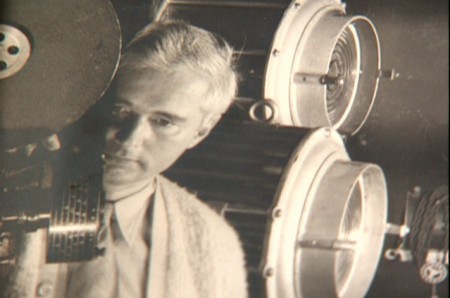
(Click any image to enlarge.)
Herman Schultheis created the book of charts and photos
which gives us a link to the many creative effects in the film.
The book is on display at the The Walt Disney Family Museum. It’s also been digitized so that visitors are able to go through the book, enlarge photos and view it page by page. An interactive display.
Prior to the discovery of the book we were able to figure out a few of the effects. One Disneyland show, in fact, recreated the bubbling lava scene from the Rite of Spring sequence.
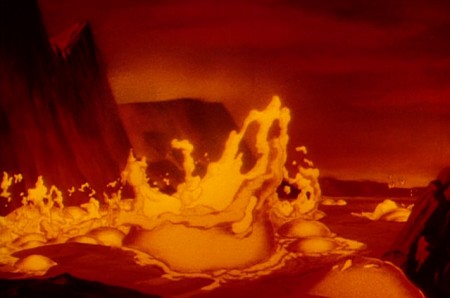
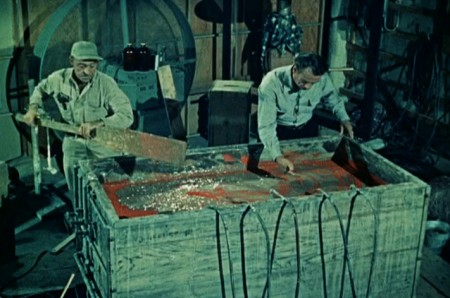
Josh Meador recreated the slow motion shoot of the
boiling concoction used to develop the bubbling lava.
However, the book revealed so much more than we’d understood
about how the superb effects had been crafted.
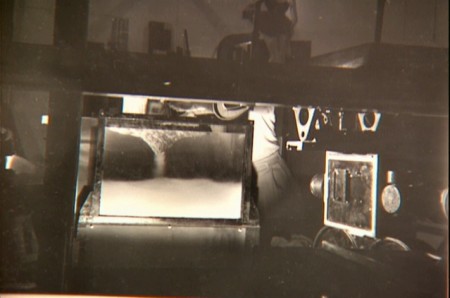
Using a vat of water, they were able to
drop ink into the liquid and film it in slow motion.
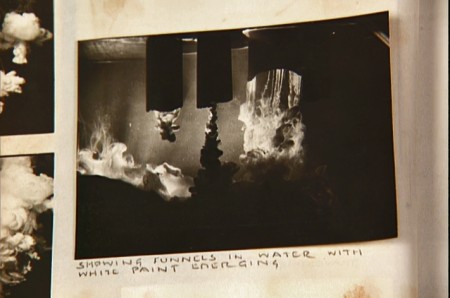
A photo of the ink spilling into the water behind built-in mattes.
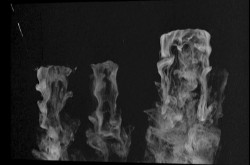
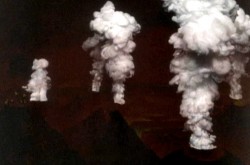
Taking the shot of the ink, they then turned it upside-down.
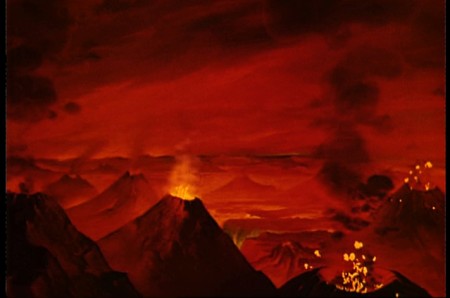
They then superimpose the “smoke” (or ink) over the volcanoes.
This same effect was used in Close Encounters of the Third Kind
to create clouds when the alien ships were moving in on the
farmhouse where the boy and mother lived.
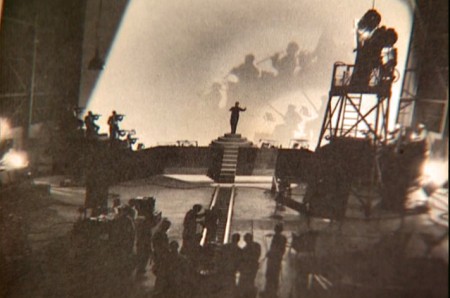
The orchestra was shot on a set with strong, planned shadows.
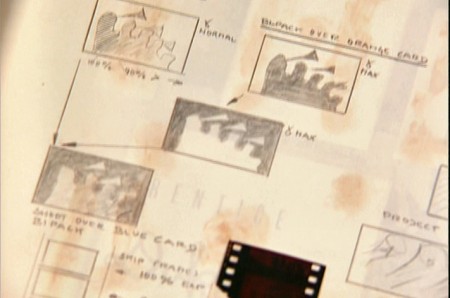
All these shots were orchestrated and planned for color effects.
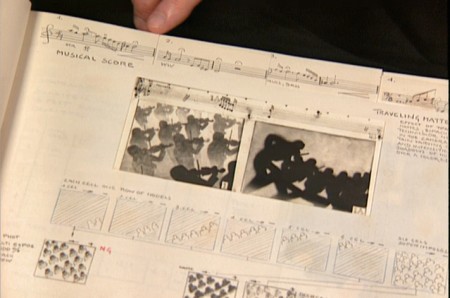
They were also catalogued by Schultheis who kept close
track of the music, as well, in his book. You can see a
page by page breakdown of the score at the top of the page.
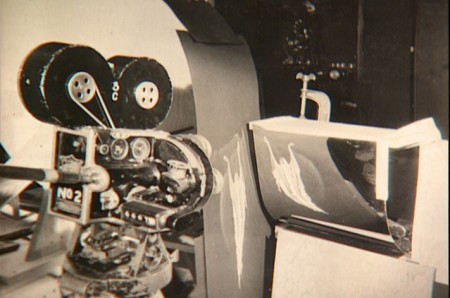
You can see the highly polished sheet of metal (middle left) which reflected
and distorted the animation drawings. This is what the camera photographed
in some of the scenes during the Night on Bald Mountain sequence.
It was also used for the fire in Bambi.
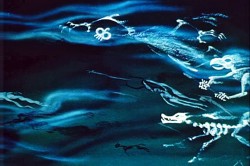 1
1 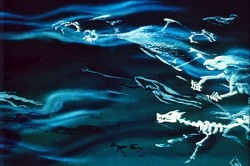 2
2
This scene’s ghosts were shot using that distorted metal reflection.
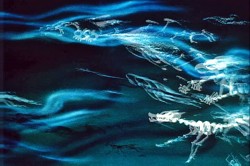 2a
2a 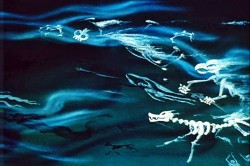 3
3
The ghosts also used a form of cross dissolve.
John Hubley explained to me how that was done, and
we used the technique in Everybody Rides the Carousel.
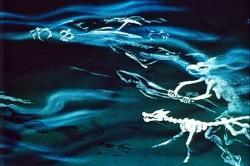 4
4 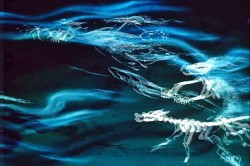 4a
4a
They shot the entire scene at 50% exposure. Then they went back
to the beginning and reshot the entire scene again at 50% exposure.
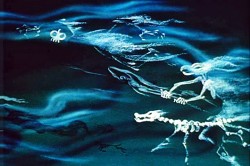 5
5 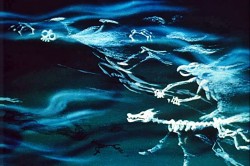 6
6
However on the second shoot, they started by shooting a black frame.
This made #1 fall where #2 should have been, #2 for #3 etc.
This creates a ghostly dissolve effect.
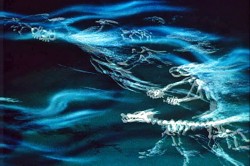 6a
6a 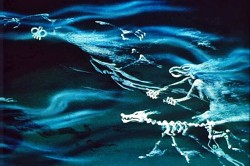 7
7
All of the drawings labelled with an “a” are the double exposures:
2a, 4a, 6a
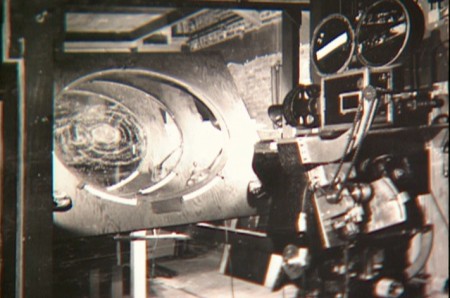
A make-shift circular multiplane camera was built.
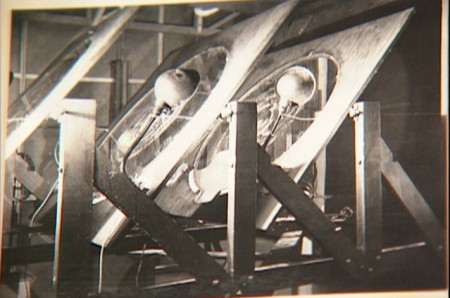
Created out of wooden sheets with holes cut out,
placed so they could shift angles, they were designed to
allow revolving artwork in the circular cut outs.
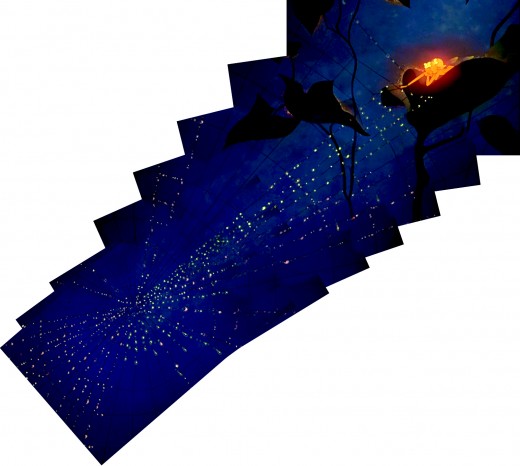
This allowed shooting scenes such as this shot of
a spider web as the camera moved around it
while dew glistened off of it.
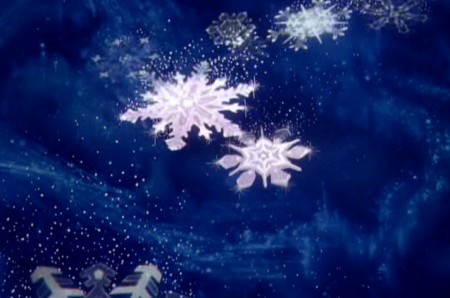
The spinning snowflakes are well explained in Schultheis’ book.
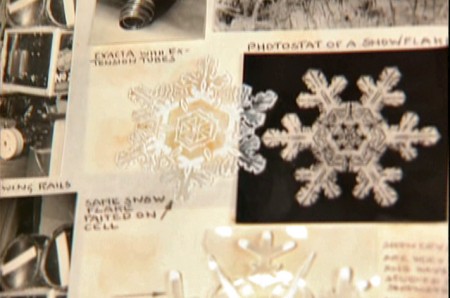
The snowflakes had a detailed construction.
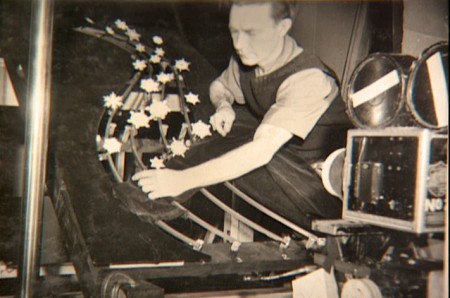
The path of action was intricately defined.
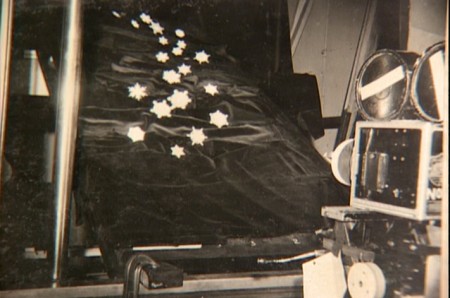
The snowflakes were shot against a sheet of
black velvet hiding the wire guides.
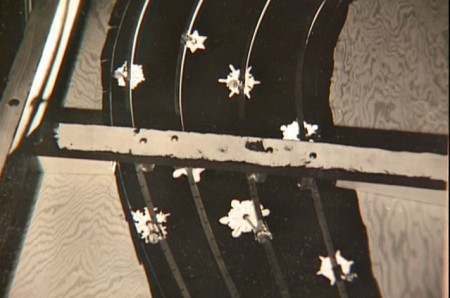
They were shot in tight closeup. From below you can
see the turning gears they were constructed on.
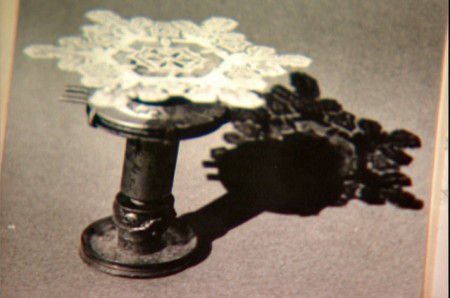
Each snowflake was built on a turning gear
so that they could revolve in their path of action.
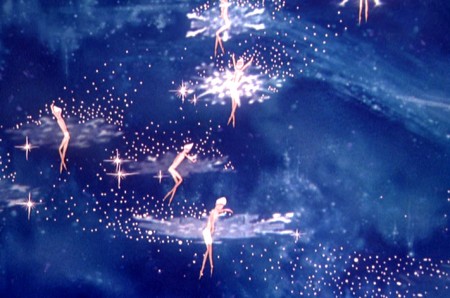
Burn these snowflakes over the multiplane background
and add matching 2D animated fairies within each snowflake,
and you have the finished scene.
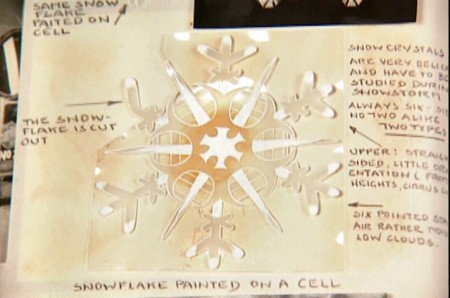

on 20 Aug 2012 at 8:07 am 1.Pierre said …
A book on The Disney special effects department, especially centering on effects animation, would certainly be high on my list of purchases.
I hadn’t seen the above article before and only whets my appetite for more!
on 20 Aug 2012 at 12:40 pm 2.Stephen Worth said …
Is there any information on the photographic line process? It was long before xerox and was capable of doing spiderweb thin colored lines. It was used extensively on Snow White. For instance, scenes like the Queen on her throne and Snow White picking flowers with the huntsman were animated fairly large, then photographically reduced and printed on cel. The remarkable thing is the sharpness of the lines and the complete lack of jitter. It was a tightly held trade secret. Many people at the studio didn’t even know about it.
During Fantasia, it was used to transfer the photographed practical effects of volcano smoke and funhouse mirror demons and snowflakes to cel. I wonder if this scrapbook discusses it.
I spoke to a couple of ink & paint ladies from that time, and they said there was a crew of several men who produced these photo lines, but they all left during the strike and the secrets of the process left with them.
on 20 Aug 2012 at 2:59 pm 3.Michael said …
John Hubley spoke briefly to me, years ago, about this photographic process which they used in often on Fantasia. He told me that the photographic “cels” they used were thicker, and that created its own problem. However, it helped in some special sequences.
on 20 Aug 2012 at 8:58 pm 4.Robert Schaad said …
This is really beautiful stuff. Like the behind the scenes mini-docu on the Metropolis dvd, these people were visionaries in the truest sense of the word. Thanks for posting this, and I will definitely get John’s book. Fascinating.
on 27 Aug 2012 at 1:46 am 5.Matt Jones said …
That is exciting news – I’ve pored over the Schultheis digitized book on every. Is it to the Disney Family Museum. His is quite a story – especially his disappearance. Looking forward to Mr Canemaker’s book
on 24 Jan 2015 at 3:39 pm 6.Daniel Triplett said …
Thank you for posting this recap of our pioneers of VFX.